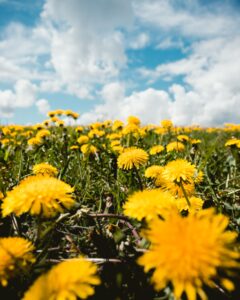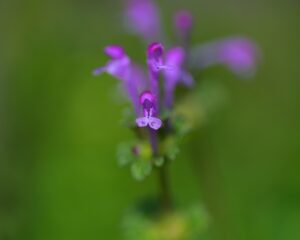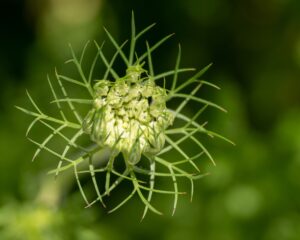
The concept can boggle your mind, but foraging for wild edibles is a growing trend, especially today as prices in the stores rise and availability lowers.
We have been conditioned to eat foods only bought only in grocery stores and grown in corporate greenhouses – we’ve been convinced to fear edibles picked from your lawn or in some wild place.
Welcome to the new outlook – well I say new, but it’s as old as our ancestors who foraged wild plants for salads, deserts, and cooked veggies. Hey, it’s free nutrition.
What makes a wild plant edible? It should be;
- nonpoisonous
- palatable
- digestible
- rich in vitamins and minerals
Top 5 Wild Edibles For Beginners

Before you eat any wild plant, do your research on its identity; read a botany book, take a foraging class, or get a plant app for your cell phone to learn which plants you should and should not eat.
Then start with the easy plants – like raspberries, mulberries, pecans, and turk’s cap. Nature is a mishmash of greens and browns.
Here are the Top 5 easiest wild edibles (in alphabetical order):
- Chickweed
- Dandelion
- Henbit
- Pink Evening Primrose
- Turk’s Cap
Teas
Did you know that Yaupon Holly is the only natural caffeine found in North America? Hand pick the leaves, wash and air-dry them, and then package the leaves as both tea bags and loose leaf.

Toxic Plants
Check before you pick, and don’t select these native plants:
- Castor bean
- Jimsonweed (angle trumpet, moonflower, and thornapple)
- Nuttail’s death camas
- Poison hemlock
- Poison ivy
- Texas mountain laurel (mescal bean)
- Water Hemlock
Did you know that toxic hemlocks look like the edible Queen Anne’s lace? There may be lots to learn, but we should all return to foraging for natural edible foods, no matter what the economy does.
It’s healthier!!
________________
If you want to learn more about healthy eating, contact me at janethull.com. Remember that you are never alone when you are looking for good health!
Gain access to all of my online programs, ongoing support, monthly Q&A, and more. I look forward to supporting you on your journey to alternative health and wellness.
_____________
Disclaimer: This article is for informational purposes only, and is educational in nature. The FDA may not have evaluated some of the statements. This article is not intended to diagnose, treat, cure, or prevent any disease. Please discuss with your own, qualified health care provider before adding supplements or making any changes to your dietary program.
Before taking vitamins, consult your doctor; pre-existing medical conditions or medications you are taking can affect how your body responds to multivitamins.
You have our permission to reprint this article if you attribute us with a live back-link to this article and the youtube links. https://janethull.com/